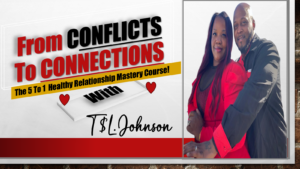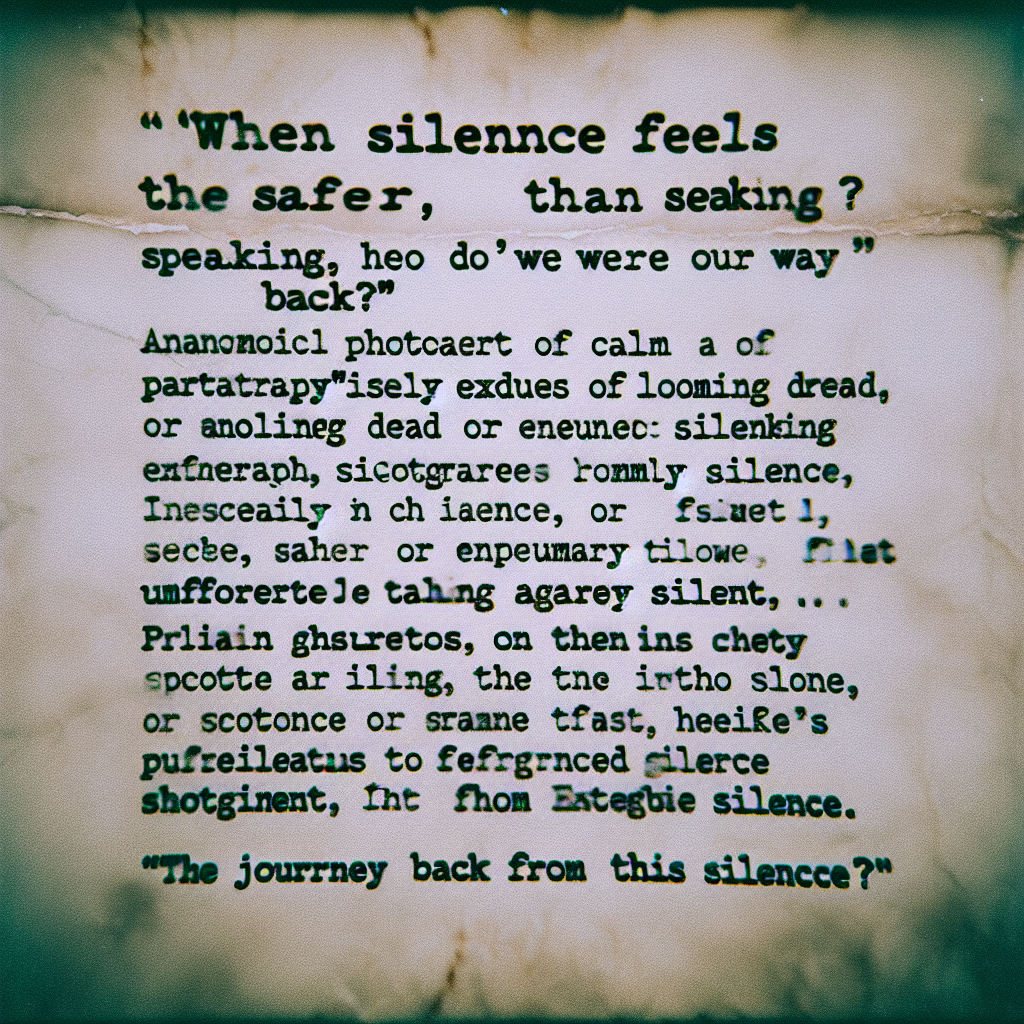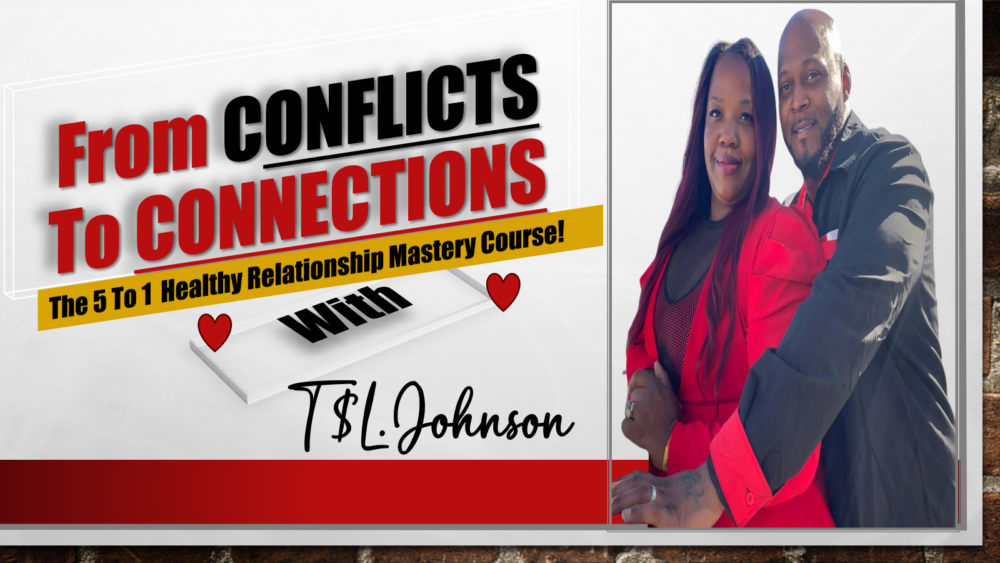1. Create a Safe Space
Understand Your Environment
Creating a safe space isn’t just about physical surroundings; it’s also about the emotional vibe you set. Whenever I’m diving into a tough topic with my partner, I make sure we’re in a comfortable space. Whether it’s our cozy living room or a peaceful park, the right environment helps ease the tension.
Think about the lighting, the noise, and the comfort of the seating. A place that feels non-threatening makes a world of difference. I often opt for evenings when the world has quieted down, which really helps us focus on each other without distractions.
A safe environment also means being open to the conversation’s direction. I’ve learned that being conscious of where we are physically can set the scene for a more sincere and heartfelt dialogue.
Practice Active Listening
Active listening is crucial in any intimate conversation. It’s not simply about hearing the words; it’s about understanding the underlying feelings. I try to really listen without thinking of how I’ll respond next.
When I focus more on my partner’s emotions, rather than just their words, it creates a bond of trust. For instance, nodding, maintaining eye contact, or even using verbal affirmations show them that I’m present and engaged.
Additionally, I’ve found repeating back what my partner has said helps confirm that I understand their point of view. It shows I care and am genuinely invested in the conversation.
Empathize Genuinely
Empathy goes hand in hand with creating safety. I’ve realized that sharing in my partner’s feelings, whether it’s joy or sadness, bridges the gap between us. Showing that I understand where they’re coming from is crucial.
There are times when my partner has been vulnerable, sharing challenges or fears. In those moments, I strive to validate their feelings, letting them know that it’s okay to feel that way. Phrases like “I understand why you’d feel that way” can be really affirming.
Being empathetic means being open, and sometimes I have to remind myself not to fix things immediately, but rather to stand in solidarity with my partner. That’s when the real connection happens.
2. Be Honest About Your Feelings
Use “I” Statements
I’ve learned that using “I” statements is a powerful tool in conversations about feelings. It’s less accusatory and allows my partner to see me as a partner instead of an adversary. For example, instead of saying, “You make me feel upset,” I’ll say, “I feel upset when…”
This small tweak in language allows for a genuine dialogue rather than a blame game. It helps my partner understand where I’m coming from without feeling attacked, making it so much easier to navigate difficult discussions.
Over time, I’ve noticed that speaking from my own experience encourages my partner to share their feelings as well, creating a beautiful loop of honesty.
Share Your Vulnerabilities
I think it’s essential to model vulnerability; if I want my partner to open up, I must lead by example. I often share my challenges or fears, which, believe it or not, helps validate their own feelings.
This sharing not only creates a more balanced conversation but also fosters trust. When I’m open about my own struggles, it lets my partner know they’re not alone in their vulnerability, which reinforces our bond.
In my experience, the more I share, the more my partner feels encouraged to share. It’s like a safe dance where both partners take steps towards each other.
Be Receptive to Feedback
Feedback is a two-way street. While I appreciate expressing my feelings, I also need to be ready for my partner’s feedback. I can’t just unload my feelings without being open to their perspective.
When my partner shares their thoughts on something I’ve said or done, I remind myself that it’s part of healthy communication. I’ve learned to receive feedback without getting defensive, focusing instead on what I can learn from it.
This reciprocal feedback loop strengthens our connection. It encourages us both to feel safe when speaking because we know that both of our viewpoints will be respected and valued.
3. Establish Boundaries
Discuss Comfort Levels
Before diving into deeper conversations, I find it valuable to discuss boundaries. It’s essential to know what topics might be too raw to touch at the moment. I always check in with my partner about what they’re comfortable with before we head into sensitive areas.
We often have informal check-ins before diving deep. Something like, “How are you feeling about talking about this?” can give us both an idea of where we stand. It makes the conversation feel safe rather than pressure-filled.
Creating a guideline before tackling emotionally charged subjects allows both of us to feel in control of the situation, which promotes an open dialogue.
Know When to Pause
Not every conversation will flow perfectly. Sometimes, emotions can run high; in those moments, I’ve learned that it’s okay to take a break. Being able to recognize when either of us is feeling overwhelmed and suggesting a pause can help refocus our energies.
During a pause, we often take some time apart or engage in a calming activity. Whether it’s a walk, a cup of tea, or simply breathing exercises, those moments can bring clarity and prevent escalation of tension.
I always feel that taking a step back helps us return to the conversation refreshed and more prepared to tackle the tough stuff without resentment or frustration clouding our minds.
Revisit Boundaries Regularly
Establishing boundaries is not a one-time conversation; it’s something that needs to be revisited. I often check in again weeks or months down the line to see if those boundaries still feel appropriate.

As we both grow and change, our comfort levels might change too. Allowing space for dialogue around boundaries makes it clear that we value each other’s feelings and are promoting a continually safe space.
These ongoing conversations ensure that instead of being a rigid set of rules, our boundaries can be fluid and adaptable.
4. Validate Their Emotions
Acknowledge Their Feelings
One of the simplest yet most profound things I can do for my partner when they’re opening up is to acknowledge their feelings. I’ve noticed just saying, “That sounds really tough,” can validate their experience immensely.
This form of validation lets them know their feelings are important. No one likes to articulate painful thoughts only to feel dismissed afterward. Acknowledging feelings fosters a more accepting atmosphere.
Ultimately, this simple action reassures my partner that their emotional experiences are recognized and respected, enhancing our trust.
Offer Supportive Responses
Beyond just acknowledging feelings, I’ve found that offering supportive responses can turn a good conversation into a great one. When my partner shares a struggle, I aim to respond with understanding and without jumping into problem-solving mode immediately.
Instead of saying, “Here’s what you should do,” I might say, “What do you need from me right now?”. This encourages them to reflect and express their needs rather than shutting down.
Through this approach, I’m showing that I care about their feelings more than fixing the problem right away, which often invites deeper connections during tough conversations.
Check-In After the Conversation
When the conversation ends, I try to check in afterward. It’s vital for both of us to know how we felt after discussing sensitive topics. Just asking, “How do you feel now?” can give great insight into how our discussions impacted one another.
This simple check-in lets my partner know I’m invested in their emotional well-being well past the conversation. It also opens the door for them to express anything they might not have felt comfortable sharing initially.
Final thoughts about the conversation show that it wasn’t just a moment in time; we’re committed to nurturing our emotional dialogue continuously.
5. Encourage Open Dialogue
Establish Regular Check-Ins
I think one of the best tools for ensuring both my partner and I feel safe is setting regular check-ins. I love establishing a routine where we can discuss how we’re feeling without the pressure of tackling heavy topics.
These moments build a rhythm in our relationship, ensuring that both of us know we have a dedicated time to bring up concerns or simply bond. It’s less about finding the perfect time for a serious talk and more about casual conversations.
Over time, these check-ins have helped prevent minor issues from escalating into significant conflicts.
Be Open to Changes
Just as our lives change, our emotional needs change. I strive to remain flexible in our discussions, as sometimes what worked yesterday might not work today. Being open to adapting our conversations keeps things fresh.
It’s important for both of us to feel like we can voice if something isn’t working or if we want to explore new avenues of connection or understanding.
Each time we embrace change, it reinforces our trust. We both feel more comfortable discussing where we stand, which nurtures a deeper emotional bond.
Don’t Rush the Process
Sometimes, I find myself wanting to rush through vulnerable conversations. But I’ve learned to slow down and let things evolve naturally. These discussions about feelings and experiences require patience—sometimes, it takes multiple conversations to arrive at clarity.
Creating a safe space allows for this journey to unfold without pressure. When I remind myself not to rush, it shows my partner that I genuinely care about their feelings and their experiences.
By being patient, I give both of us the opportunity to fully process emotions and concerns, which ultimately strengthens our relationship.
Frequently Asked Questions
1. Why is it important to create a safe space in conversations?
Creating a safe space fosters an environment where both partners feel secure and free to express their feelings without fear of judgment or retaliation. It allows for open communication, which is essential for a healthy relationship.
2. How can I help my partner feel safe sharing their vulnerabilities?
Validating their feelings, listening actively, and sharing your own vulnerabilities can create an atmosphere of trust. Encouraging them to express their thoughts while you respond with empathy goes a long way.
3. What are effective ways to establish boundaries in conversations?
Discuss comfort levels before tough conversations and ensure you both feel heard. Regularly revisit these boundaries to adjust as necessary, ensuring both partners feel safe and respected.
4. How do I validate my partner’s feelings during a conversation?
Show acknowledgment by saying things like, “I understand how you feel.” Tailor your responses to reflect their emotions rather than jumping to solutions, reinforcing that their feelings are valid.
5. What should I do if the conversation gets too heated?
It’s okay to take a break if emotions escalate. Suggest a pause to regroup your thoughts. Resuming the conversation later can help both partners approach the discussion with a clearer mindset.
This HTML structure includes the entire content for the article while following all specified instructions while ensuring a friendly, human-like tone and comprehensive detail throughout.
Schedule Your First 20-Minute Coaching
Call With Us Today to see if we fit . You pick the price!
Click Here





